As people migrate across the country for better jobs, affordable housing, or warmer weather, many cities are experiencing a surge in new residents. While growth can be a good thing, it often comes at the cost of local culture and character. Gentrification, rising real estate prices, and chain store expansions are pushing out the very people and places that made these cities special in the first place. From once-sleepy towns to historic neighborhoods, many areas are now grappling with rapid change. These 13 cities are gaining newcomers—but losing something irreplaceable in the process.
1. Nashville, Tennessee

Once a haven for country musicians and honky-tonk culture, Nashville has seen explosive growth over the last decade. Tourists and newcomers alike are flooding in, attracted by job opportunities and a vibrant nightlife scene. But according to News Channel 5, locals say the city is becoming a theme park version of itself, full of pedal taverns and cookie-cutter Airbnbs. The authentic charm of Music City is harder to find behind the souvenir shops.
Historic neighborhoods are being demolished or renovated beyond recognition. As more hotels and luxury apartments rise, the cost of living continues to climb. Local musicians and artists are being priced out, leaving behind a shell of the community that once defined Nashville. The music still plays, but the tone is starting to change.
2. Charleston, South Carolina
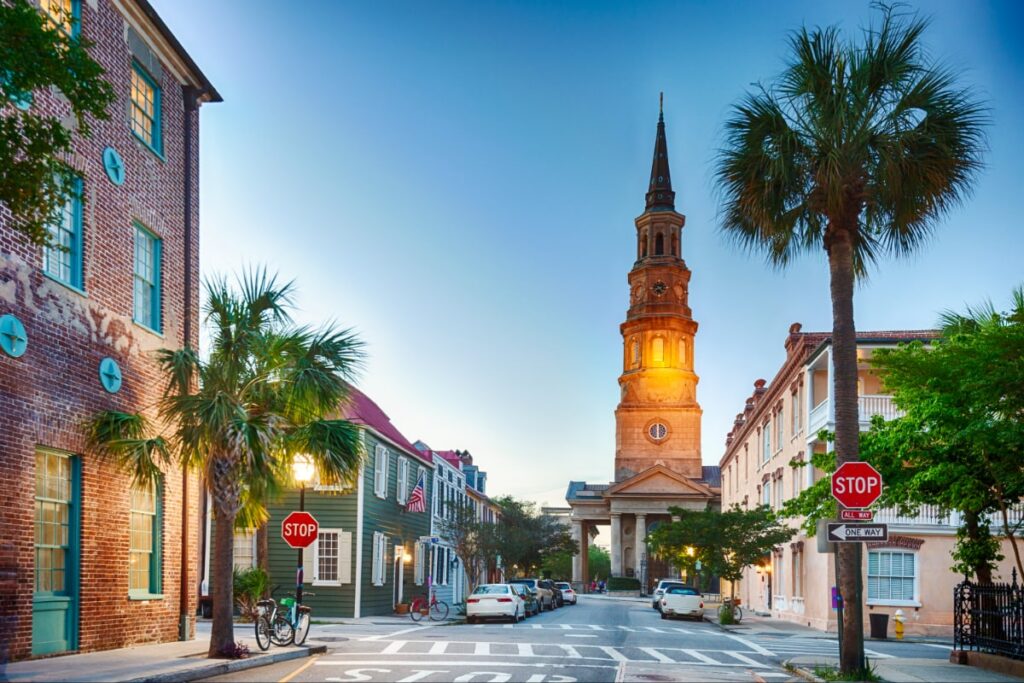
Charleston’s rich history and southern charm have long made it a desirable place to visit—or settle down. But a flood of newcomers has turned the historic city into a hot real estate market, pricing out locals and small businesses. According to Charleston Magazine, the increased development in downtown Charleston is beginning to alter the city’s architectural integrity. Iconic row houses and historic storefronts are increasingly surrounded by modern condos and luxury hotels.
The tourism boom has also brought challenges. Crowds and commercialization are starting to overshadow the city’s sense of community. Longtime residents lament the loss of local traditions and family-run establishments. Charleston is thriving on paper, but the charm that drew people in may not survive the growth.
3. Portland, Oregon
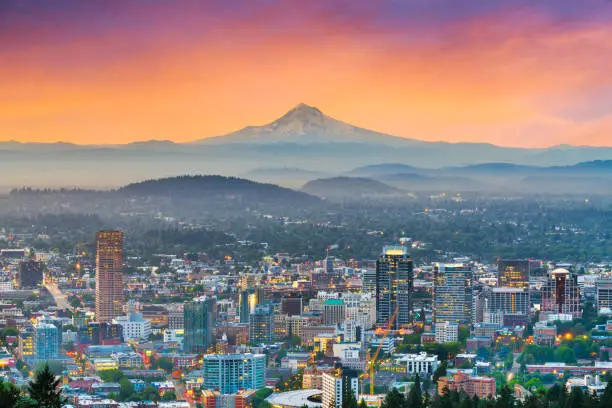
Portland built its reputation on indie coffee shops, eccentric neighborhoods, and a fierce commitment to keeping things local. But as more people move in, especially from California and Seattle, the city’s identity is shifting. Rising rent prices are driving out small businesses and longtime residents. Trendy developments are replacing the unique, slightly gritty spaces that once defined the area.
Even neighborhoods like Alberta and Mississippi Avenue are seeing an influx of upscale boutiques and modern townhomes. What was once offbeat now feels curated and commercial. The city’s progressive values remain, but some locals feel the culture has been watered down, says the Los Angeles Times. As Portland grows, its edge seems to be wearing off.
4. Austin, Texas
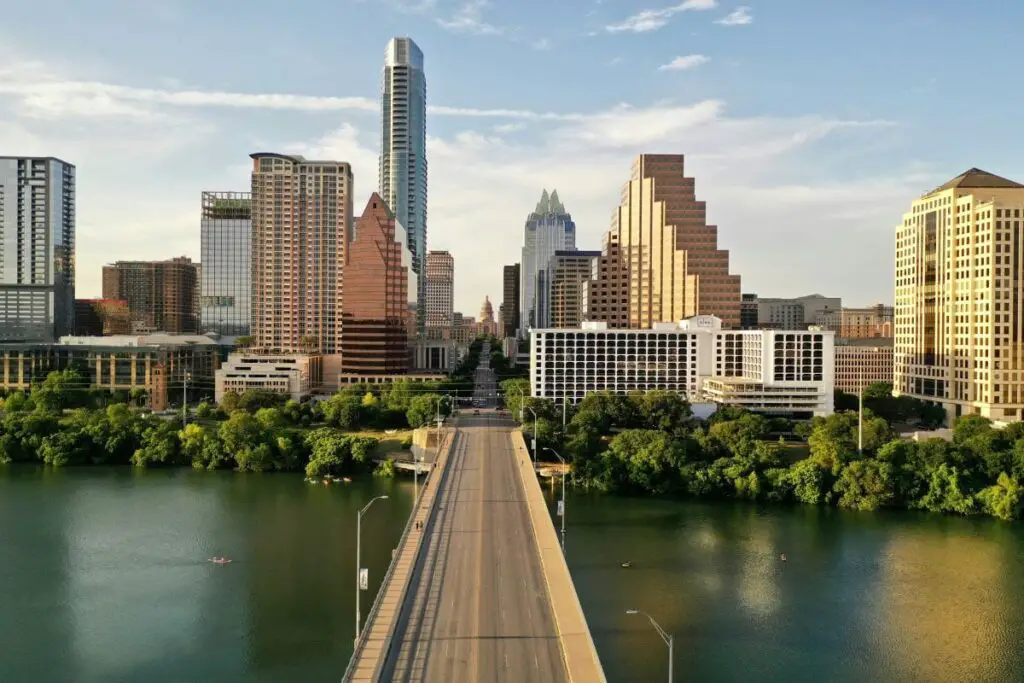
Austin used to be a quirky, offbeat city known for its live music, local artists, and “Keep Austin Weird” vibe. But with tech companies setting up shop and an influx of out-of-state transplants, that unique identity is being diluted. Longtime residents say their favorite spots are closing, replaced by high-rise condos and corporate chains. The skyline may be booming, but the soul feels a little more generic every year.
The city’s rising cost of living has also forced many creatives and musicians to move elsewhere, notes Austin Monthly. New developments continue to reshape neighborhoods once full of dive bars and vintage shops. While the city still holds onto some of its personality, it’s become harder to find among the glass towers and traffic congestion. Growth has come fast—and not everyone is keeping up.
5. Boise, Idaho
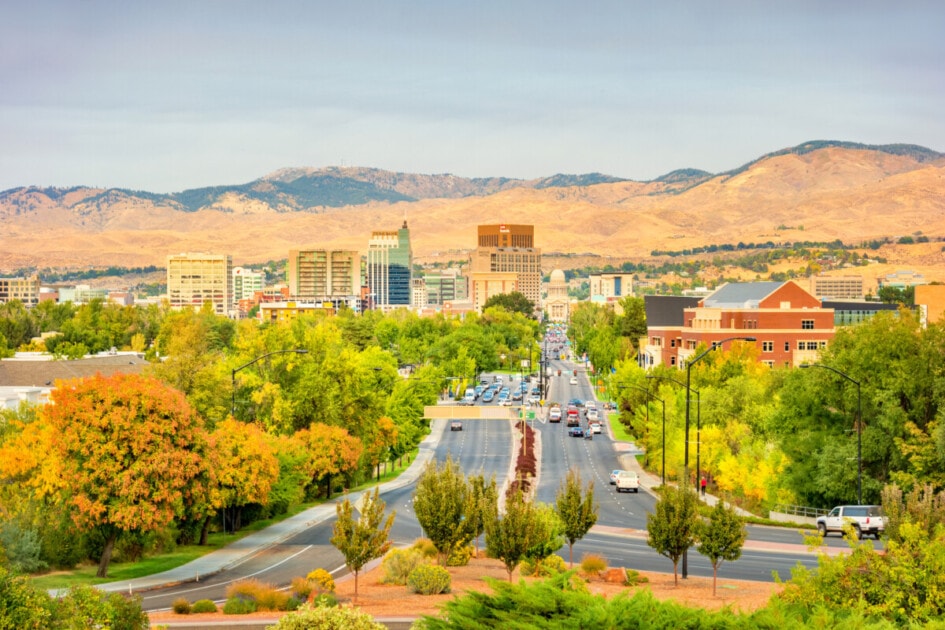
Boise has seen one of the fastest population increases in the country, with many newcomers arriving from more expensive West Coast cities. But this rapid growth has overwhelmed local infrastructure and strained community identity. Once a quiet, outdoorsy town with a strong local feel, Boise now struggles with traffic, rising rents, and a changing cultural landscape. The small-town vibe is fading, replaced by suburban sprawl and chain retailers.
The influx of new residents has also created tension between old and new communities. Many locals feel pushed aside as neighborhoods transform overnight. What once felt authentic and grounded now feels like a place chasing trends. Boise is booming, but it may be losing what made it special in the first place.
6. Asheville, North Carolina
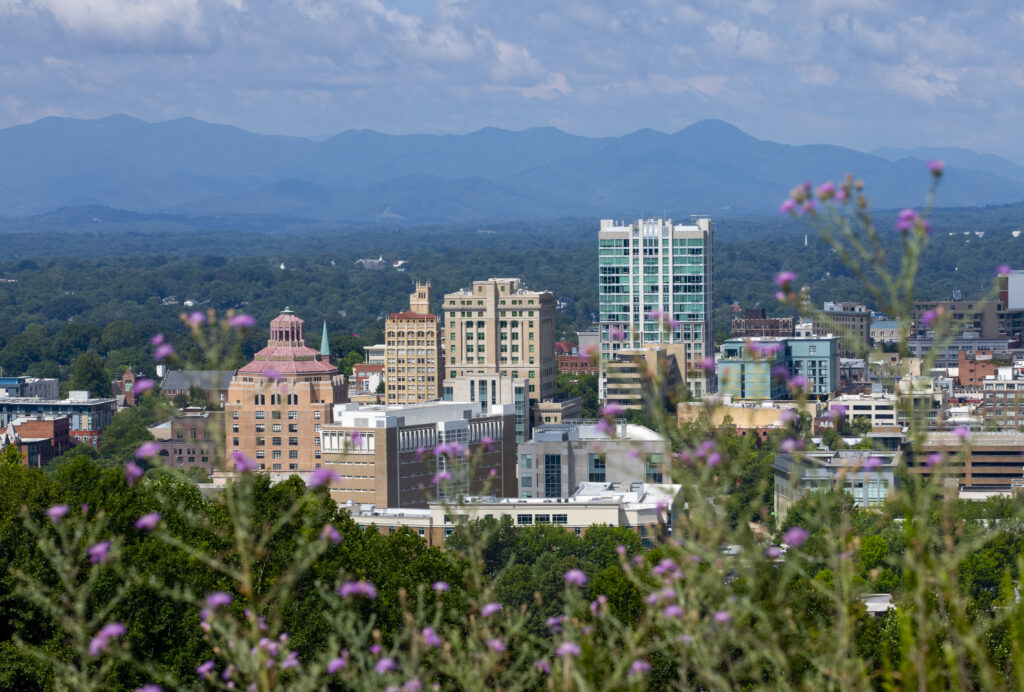
Asheville used to be a haven for artists, musicians, and mountain-loving free spirits. Today, it’s rapidly turning into a destination for luxury travelers and second-home buyers. The cost of living has skyrocketed, pushing out the very creatives who shaped the town’s reputation. Craft breweries and boutique hotels have replaced dive bars and artist co-ops.
Local traditions and folklore are being overshadowed by curated tourist experiences. While the mountains still loom beautifully in the background, the soul of the city feels more commercial than cultural. Residents who’ve lived there for generations now struggle to recognize their own neighborhoods. Asheville’s growth may be good for business, but it’s hard on authenticity.
7. Denver, Colorado
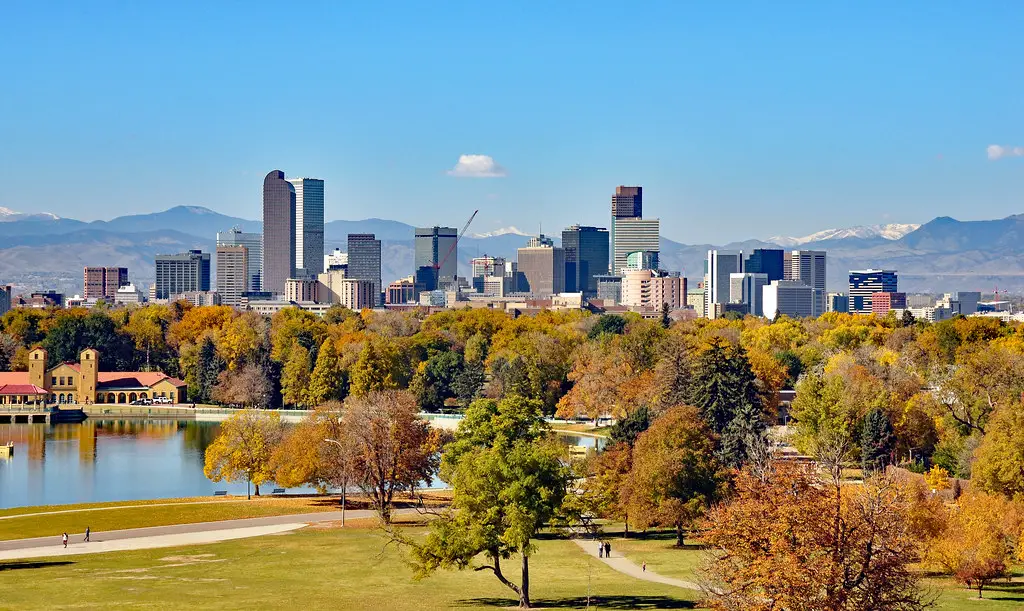
Denver has long been a gateway to the Rockies and a hub for outdoor enthusiasts. In recent years, it’s also become a magnet for tech workers and remote professionals. This influx has driven up housing costs and transformed previously modest neighborhoods into hotspots of development. Independent shops and diners have been replaced by sleek apartment buildings and fast-casual chains.
The city’s original charm—laid-back, adventurous, and distinctly local—is fading under the pressure of constant construction. Locals miss the days when Denver felt like a big small town. Now, traffic jams and rental bidding wars dominate daily life. Growth has brought opportunity, but at the cost of the city’s once-unique personality.
8. Savannah, Georgia
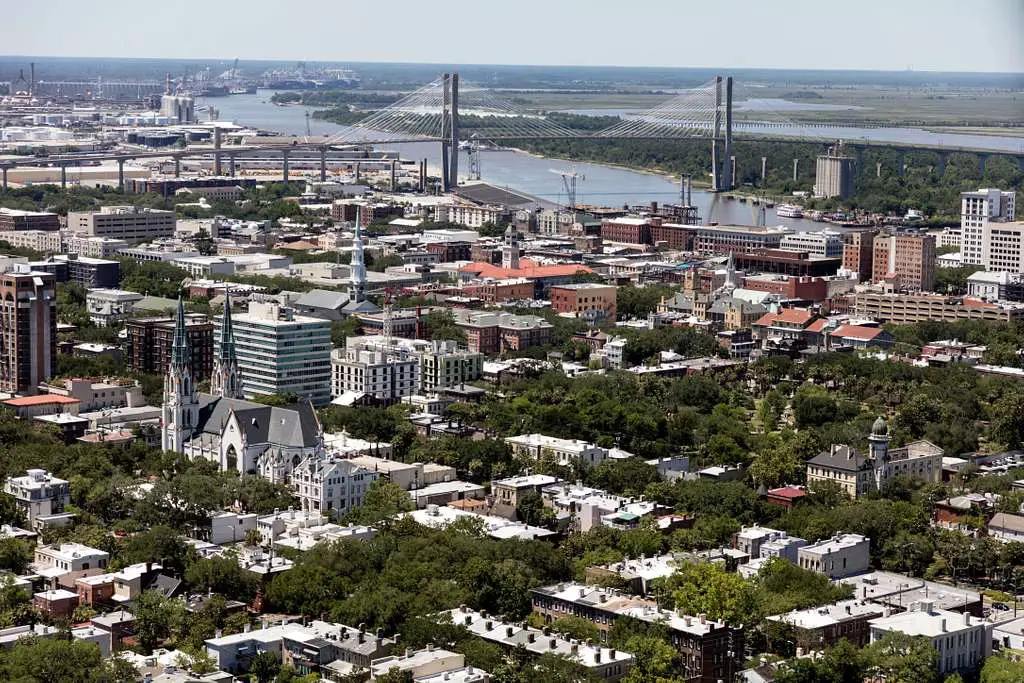
Savannah’s historic squares, moss-draped oaks, and artsy vibe have drawn in new residents looking for charm and character. But the secret’s out, and the city is rapidly becoming another Southern hot spot for investors and developers. Small homes are being flipped into luxury rentals, and local artisans are being priced out of their workspaces. The balance between preserving history and embracing growth is increasingly difficult to maintain.
Residents note that the community feels less connected as more short-term visitors and transplants move in. Traditions like porch culture and neighborly bonds are giving way to high turnover and tourist-centric development. While the city still looks picturesque, its culture is changing beneath the surface. Savannah’s storybook image is starting to blur.
9. Tempe, Arizona
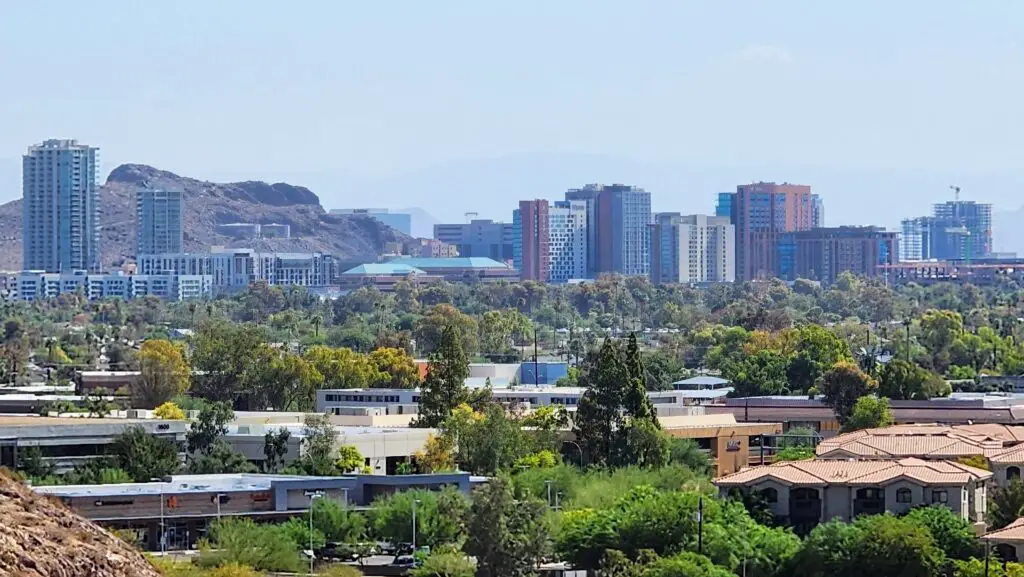
Tempe has long been known as a college town with a laid-back desert feel. But its proximity to Phoenix and increasing development have changed its character dramatically. High-rises are crowding the skyline, and big tech companies are setting up local offices. These changes bring jobs—but also rising rents and a less personal feel.
The student and artist communities that once thrived in Tempe are struggling to keep up. Local music venues and dive bars are closing, replaced by chain restaurants and modern apartments. What was once quirky and youthful now feels sleek and corporate. Tempe is growing fast, but not without cultural cost.
10. Salt Lake City, Utah

Salt Lake City has transformed from a quiet, faith-centered capital into a bustling hub for outdoor lovers and young professionals. But this rapid growth has created tension between preserving tradition and embracing change. Newcomers bring new energy, but also rising prices and cultural shifts. Long-established communities are feeling the squeeze.
Historic homes are being torn down in favor of new developments, and traffic is steadily increasing. While the city still offers mountain views and outdoor access, its laid-back, community-driven vibe is harder to find. Locals worry that SLC is becoming just another interchangeable metro area. Progress has its perks—but also its price.
11. Raleigh, North Carolina

Raleigh has become a tech hub in recent years, drawing in young professionals from around the country. This growth has brought prosperity, but also rapid gentrification and rising living costs. Longstanding neighborhoods are being transformed into luxury enclaves, and local businesses are struggling to keep up. What once felt like a close-knit Southern city now leans toward polished and impersonal.
Public spaces are becoming more crowded, and traffic is now a major issue. Cultural landmarks are disappearing, making way for condos and corporate offices. Residents miss the simpler, community-focused Raleigh they once knew. As the skyline rises, the city’s identity feels more distant.
12. Missoula, Montana
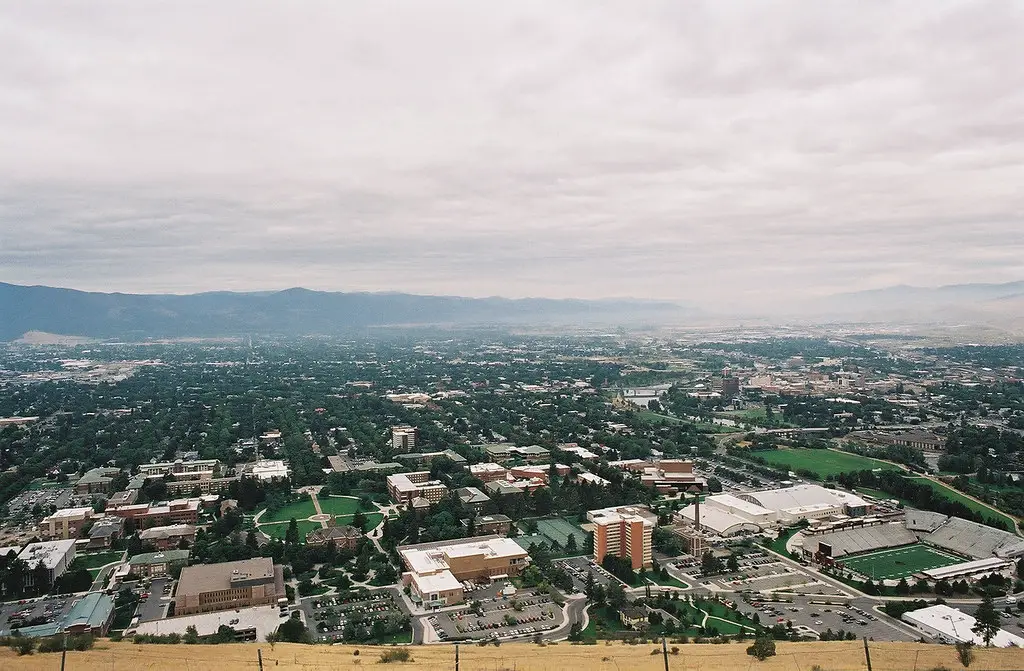
Missoula’s blend of outdoor adventure, liberal arts culture, and frontier charm made it a hidden gem for decades. But an influx of new residents—many from urban centers—has begun to reshape the town. Property prices are skyrocketing, and the once-affordable community is facing an identity crisis. Local traditions are being replaced by upscale eateries and trendy boutiques.
The city’s rustic feel is giving way to modern minimalism. Locals fear Missoula will lose its distinct voice in the rush to cater to wealthier newcomers. As familiar faces leave and old businesses close, the town’s original culture grows more fragile. Missoula may be on the map now, but it’s also changing fast.
13. Bellingham, Washington

Tucked between Seattle and the Canadian border, Bellingham once thrived as a small, artsy waterfront town. Now, it’s becoming a hotspot for remote workers and retirees escaping larger cities. The resulting boom has transformed housing, business, and community dynamics. Downtown has more boutiques than bookshops, and locals feel the shift.
Younger residents and long-time homeowners are facing displacement as prices rise. The city’s easygoing, alternative vibe is hard to maintain amid upscale development. Community events and traditions are being replaced by commercial ventures. Bellingham is growing in popularity—but at the risk of losing its heart.
